It’s been three days and Giorgio Manenti still can’t find words, can’t sleep, can’t wrap his thoughts or his emotions—any part of himself—around what he’s been through.
On June 8, Manenti went to space, one of four crew members on Virgin Galactic’s seventh flight to space. Since landing, he has been alternately reliving, rehashing and re-evaluating his time aloft. “You look out and all you see is darkness,” he says, searching for words. “Then you look up and Earth is there. The colour is so vibrant and alive, and you can see the thin blue layer of the atmosphere, the only thing protecting us from all that endless nothingness, and you realise how small we are and how fragile it is. I wish everyone could experience it.”
They may soon. Well, maybe not everyone, but increasing numbers of civilians might be headed for the skies. After a flurry of activity leading up to the pandemic, when one celebrity or another seemed to be hurtling toward the stars every other week, the space tourism industry took a breather. “It may seem that way from the outside,” says Ryan Hartman, CEO of World View, “but inside the industry people have been working as hard as ever.”

The fruits of that labor are beginning to ripen. In late May, Blue Origin, owned by Amazon’s Jeff Bezos, ran its first mission after a two-year hiatus following an FAA review, an engine redesign and a series of safety-related changes. On June 6, Elon Musk’s SpaceX completed a successful flight and landing of its Starship, a reusable craft that will one day shuttle people into orbit, with long-term plans circumnavigate the moon and head to Mars.
Balloon companies Space Perspective completed its capsule and will run test flights this summer when its new mission-control vessel, MS Voyager, arrives. World View just opened an office in Australia, while newcomer Zephalto conducted a successful test of its capsule. And EOS-X announced it has secured a $230 million investment and intends to set flight in 2025.
“What’s incredible to me is how anyone can do this,” Manenti says. “I’m not an engineer or astronaut. I’m a real estate agent who has been very fortunate to have this experience.”
Manenti was lucky. He signed up for a slot on a Virgin flight years ago, and not only was he one of only a few dozen picked out of the thousands who applied, he made it onto the last flight of Unity. The company will now go on a two-year hiatus of its own as it builds out a fleet of updated flyers called Delta. “One ship is not a business, it’s a demonstration product,” Mike Moses, Virgin Galactic’s president of spaceline operations, tells Robb Report. “Unity was a loss leader that showed there was a market fit, but Delta will be a production-level vehicle that will be cheaper, easier to maintain and able to fly repeatedly.”
The improvements include changes to the skeleton and outer material, making them lighter, sturdier and more heat resistant. “Visually, it will look the same,” Moses says. “But we’re not learning its flight properties or how the systems work. That’s all proven. We’re just making it more durable and more maintenance friendly.”
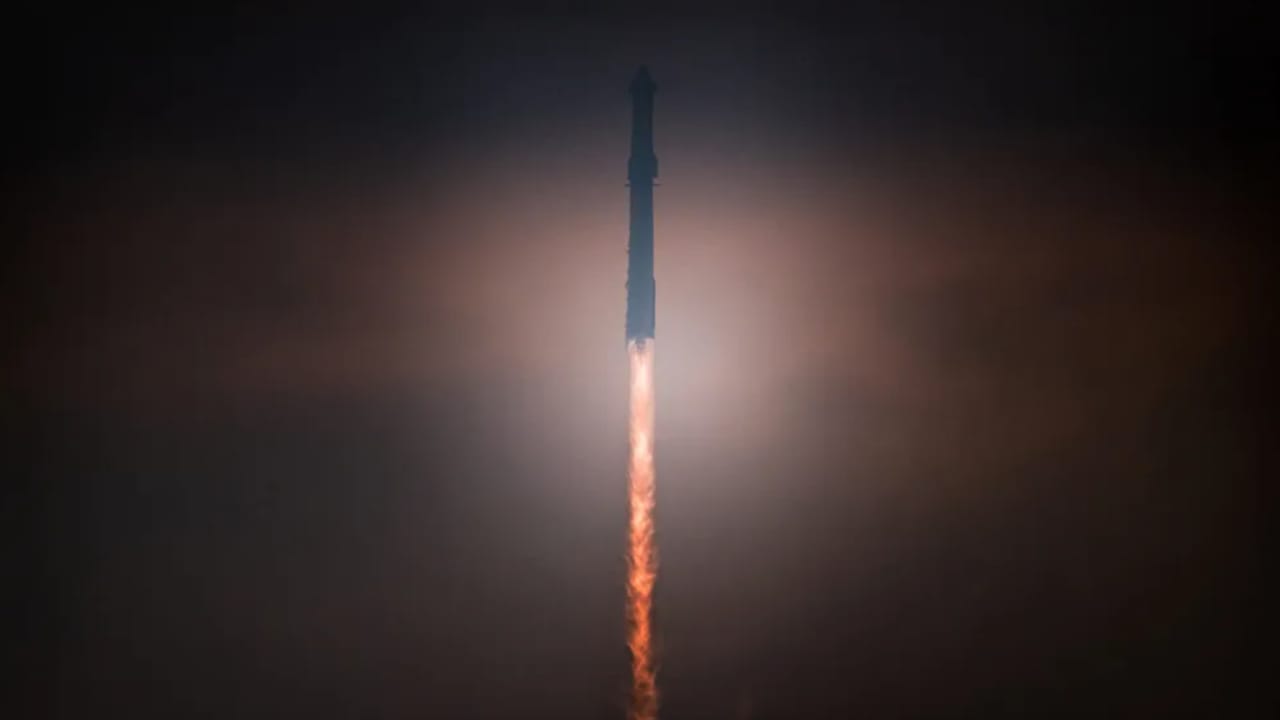
Reusable, quick turnaround ships are “where the industry is going,” says Moses. “Starship is a similar idea, and Blue Origin is doing it, too.” Once Delta takes off, Virgin’s business plan calls for two flights a week with eight passengers onboard each—roughly 725 a year.
Blue Origin’s New Shepard has taken 37 customers to space over seven flights, and “our manifest is full for the next few years,” says Sarah Blask, a spokesperson for the company. Beyond that, the company is developing New Glenn, a larger, liquid-hydrogen fueled aircraft.
“New Glenn is foundational to advancing Blue Origin’s long-term vision,” Blask says. “The vehicle underpins all our programs, including cargo and crew delivery to the Moon.”
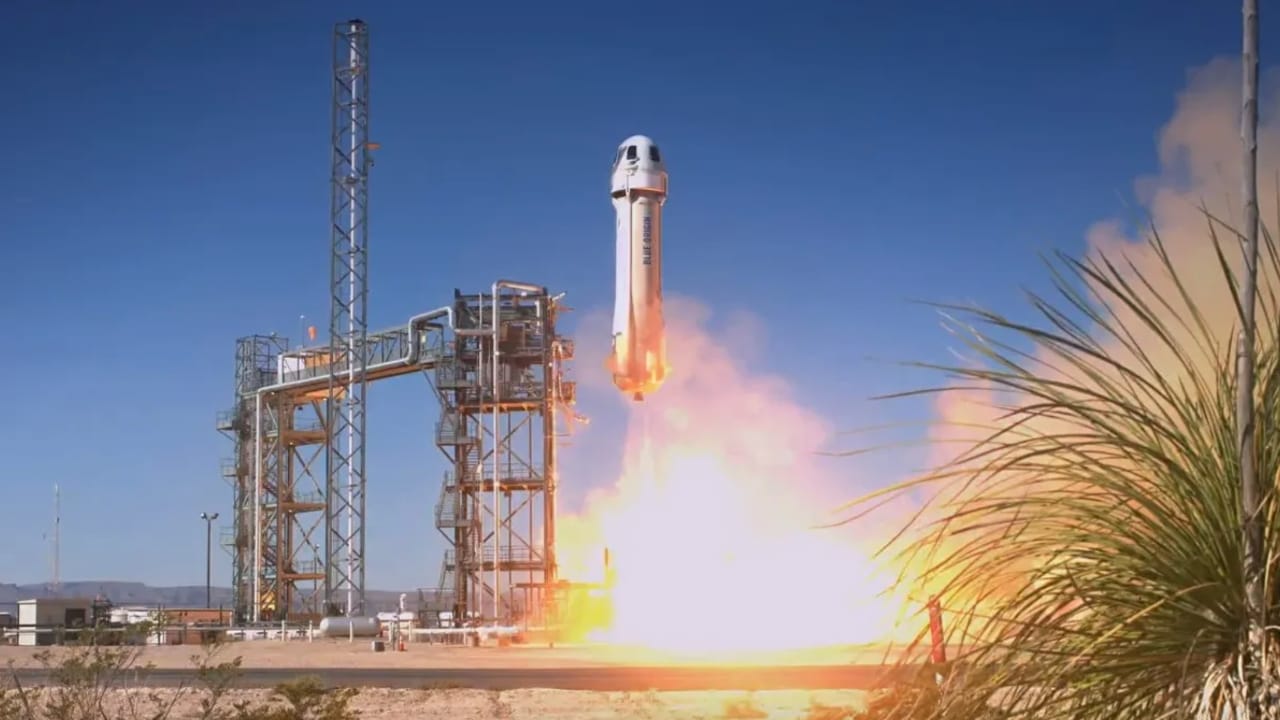
SpaceX, meanwhile, continues to develop Starship, a massive cargo and passenger ship designed for trips to the moon and, eventually Mars. The most recent test, the ship’s fourth, was the first to see both the main ship and the first-stage booster (Super Heavy) splash down successfully. The company didn’t reply to requests for comment, but engineers have announced a plan for four more tests this year. When Starship will begin shuttling civilians to space is unclear.
“Going to space is hard, so we’re all rooting for each other,” Moses says. “It’s a great time to be doing this, so we’re really excited.”
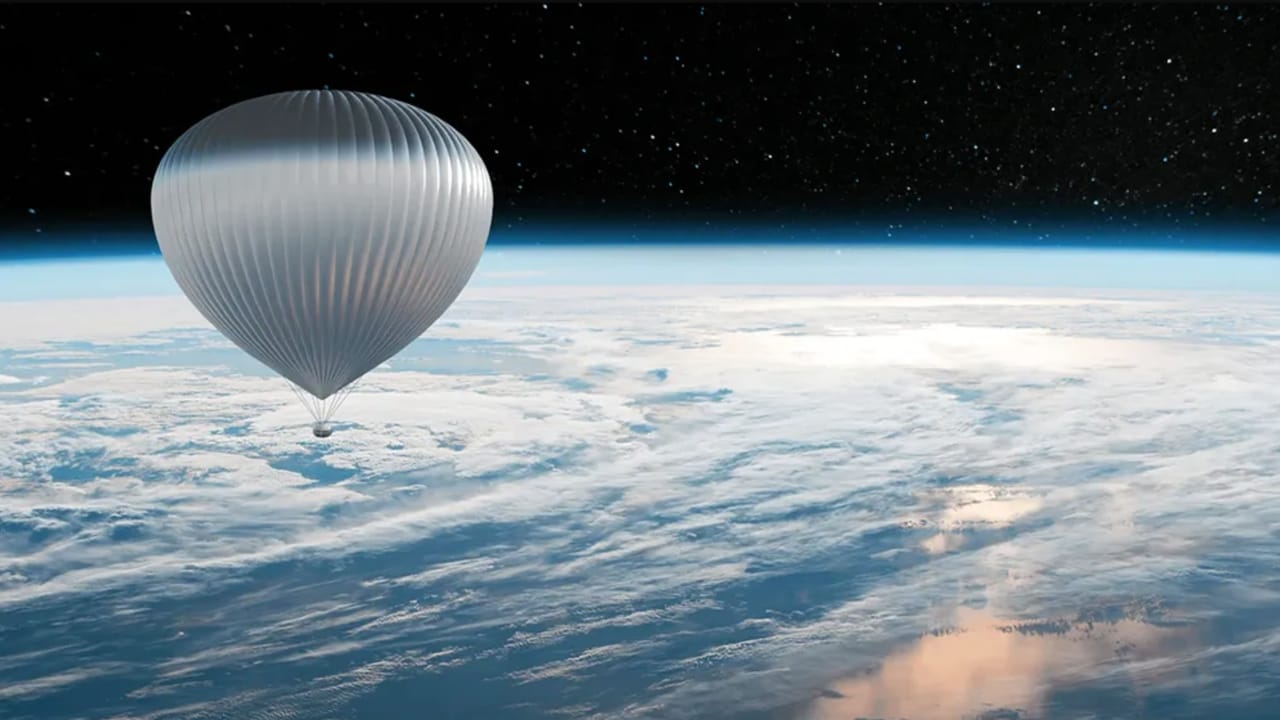
If pulling three Gs doesn’t sound like fun, there are at least five companies hustling to deliver passengers to the stars on giant balloons attached to pressurised luxury capsules, two in the U.S. (Space Perspective and World View), two in Spain (Halo and EOS-X) and one in France (Zephalto). While the rockets all soar more the 50 miles above Earth’s surface, the balloons reach what’s often referred to as the edge of space, somewhere around 20 miles above terra firma.
“The experience is functionally the same [as the rockets],” says Taber MacCallum, the CEO of Space Perspective. “When Allen Eustace did his skydive from space, he went up on a balloon and he could see the darkness of space and the curve of the Earth, but he said that the pace gave him a better sense of perspective and how big it was.”
Besides altitude, the main differences are speed, cost, and comforts. Rockets spend a few minutes in space, but balloon travellers get a few hours in the stratosphere—the flights generally last six hours from takeoff until landing—in a cabin with room to move about, luxury seating, a restroom, food, maybe a bar, and massive windows.
And while a rocket ride costs anywhere from $600,000 (Virgin Galactic) to, potentially, many multiples of that (Blue Origin and SpaceX don’t publish prices but reports place both at over $1 million), the balloon trips average around $125,000 to $200,000, with World View projecting an industry-low $50,000.
“We believe the experience should be ‘affordable,’ “ says World View’s Hartman. “We want to deliver as many people as possible. We’re for-profit, but our true purpose is providing a pathway to a life-changing experience.”
Speaking more generally, Space Perspective’s MacCallum said balloons “address a part of the market that otherwise couldn’t afford the trip.”
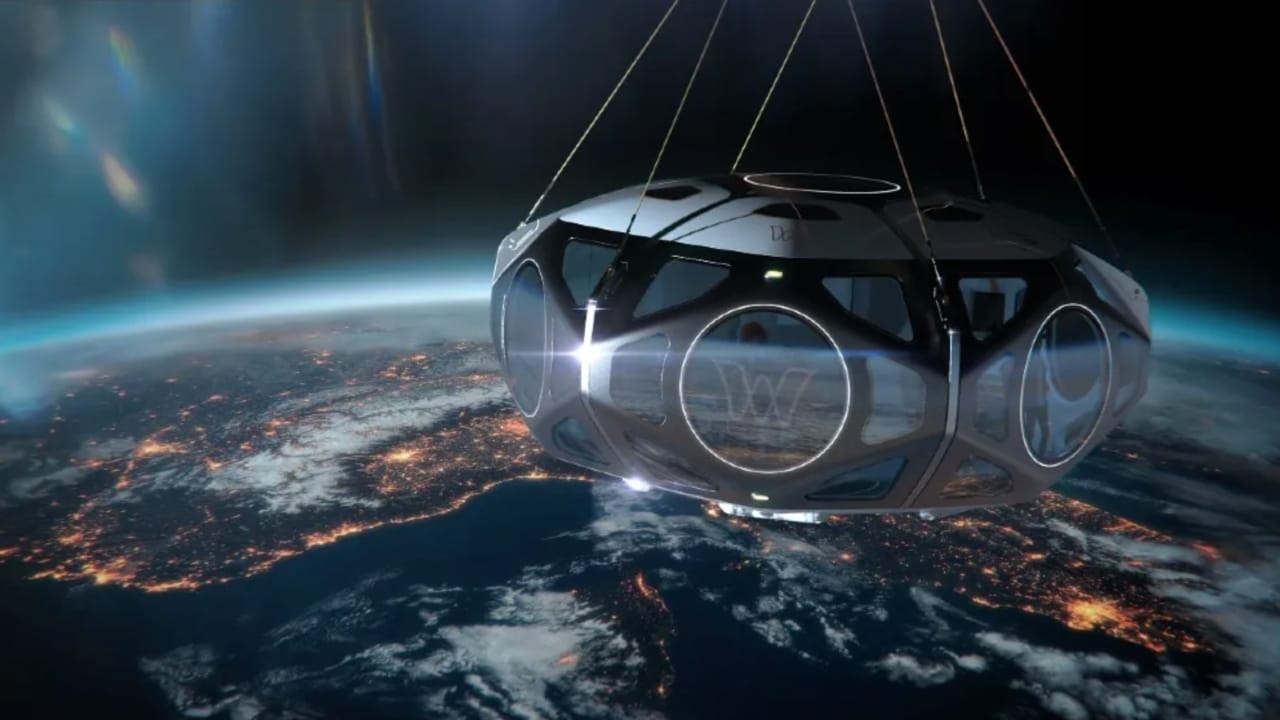
The balloonists hope to separate themselves from each other through amenities and the experience. Gourmet meals are de rigueur, although Space Perspective has actually contracted Michelin-starred chef Rasmus Munk to design its meal and EOS-X includes a three-star Michelin meal. Zephalto’s capsule divides into two-person cocoons if wanted.
Freed from the infrastructure needs of a rocket blast-off, the balloons plan to launch from numerous places around the globe. World View will take off from one of seven exotic locations around the world, such as the Great Barrier Reef or the Amazon rain forest as part of week-long journey. Space Perspective will launch from a ship in Florida initially and return to the water.
There are other similarities. All work with charities or on their own to give away free or discounted trips to individuals who might not otherwise have the chance to fly. All have sustainability programs including offsets, use of green hydrogen or biodiesel and recycling plans for the massive balloons that for the most part can only be used once, although Zephalto says its balloon will be reusable up to 10 times.
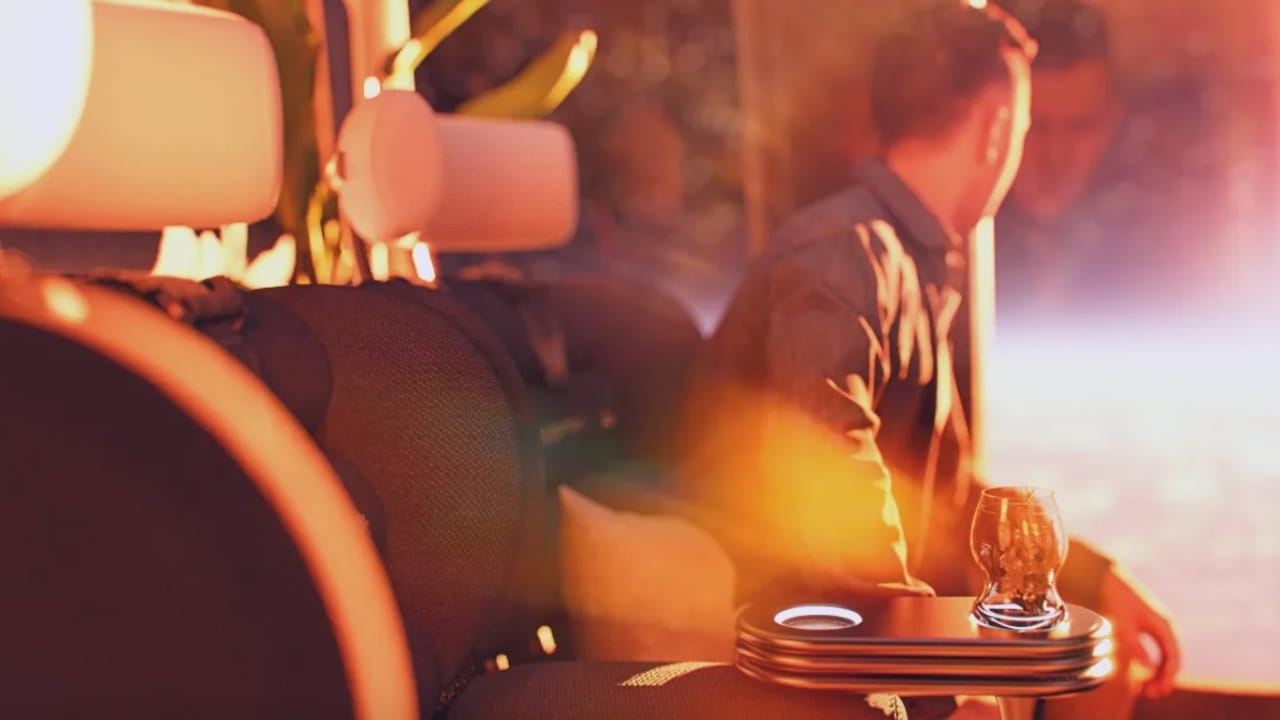
Finally, none of them is yet in operation for passenger flight. Four of the five project service starting in 2025, except World View, which is aiming for 2026.
“We’re providing a transformational way to get to space,” MacCallum says. “It brings in people who otherwise may not want to fly on a rocket or have the money and widens the appeal of the entire space ecosystem.”
Previously published on Robb Report USA
Lead image: NASA




